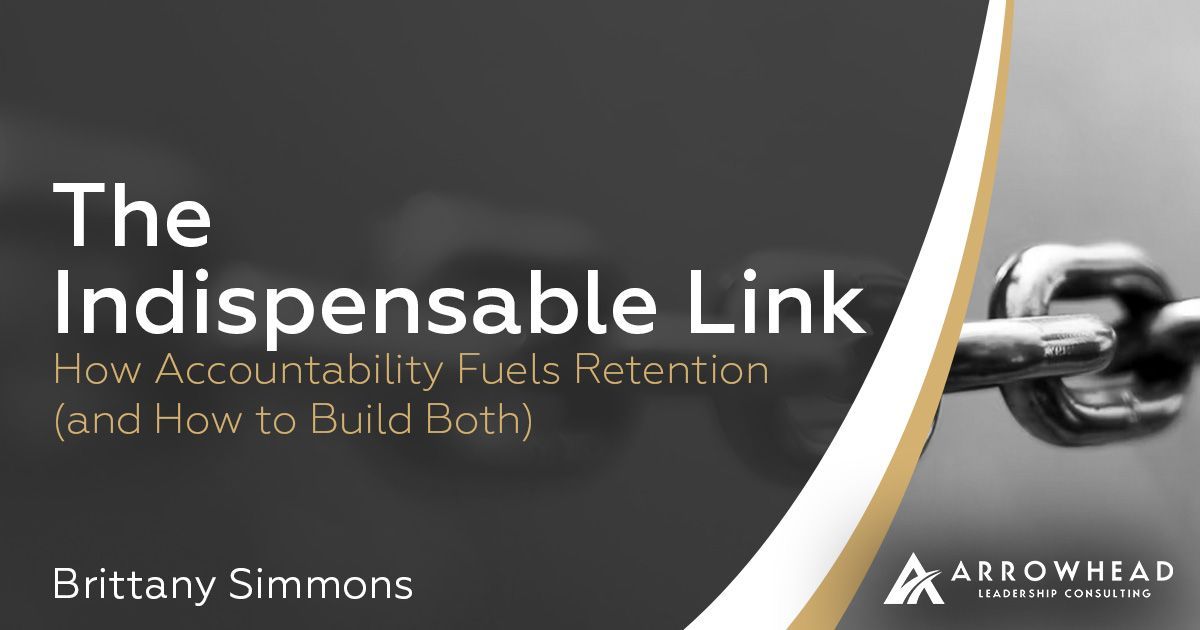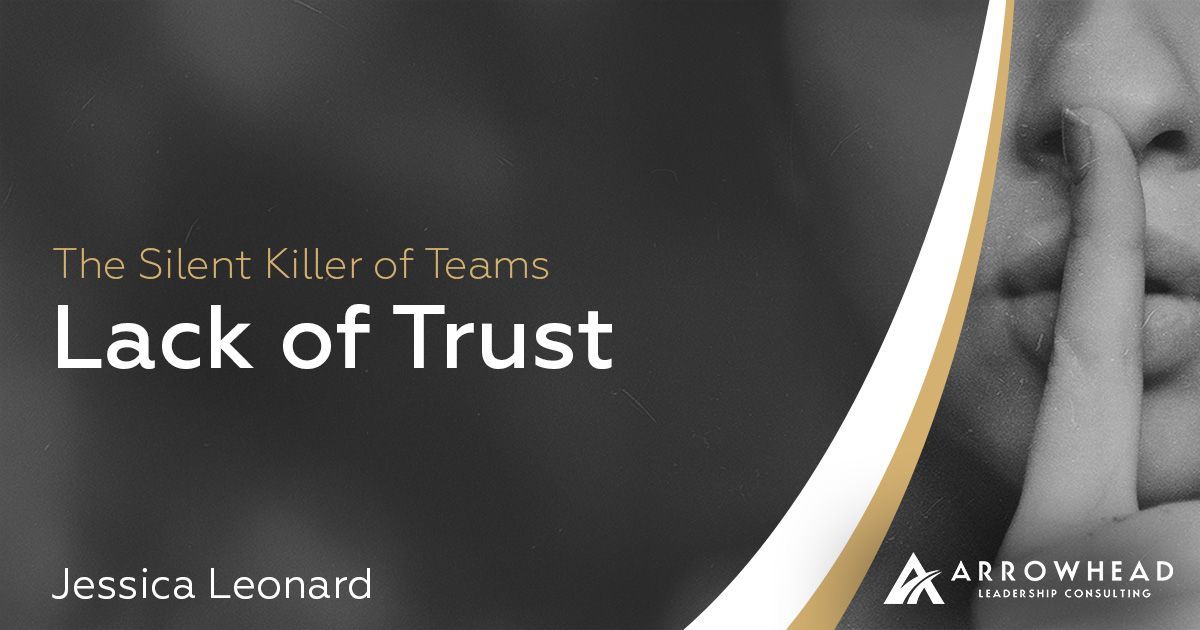Mastering Goal-Setting for New Year Success
January 15, 2024

The new year often brings new resolutions, or goals. Today, I want to help you break away from the majority of people who give up on their goals before January is even over. To illustrate the power of effective goal-setting, let's take a moment to explore Shohei Ohtani's goal-setting chart, a remarkable example of how clarity and structure can propel one towards unprecedented success.
Shohei Ohtani, the multi-talented baseball phenomenon, has captivated the world not just with his athletic prowess but also with his meticulous approach to goal-setting. Ohtani's goal-setting chart is a visual representation of his primary goal, intermediate goals, and the subsequent daily, monthly, or weekly goals that lead him towards his ultimate objective. It serves as a testament to the impact a well-defined roadmap can have on achieving extraordinary feats.
Now, let's unravel the secret sauce behind successful goal-setting. Whether you're an athlete, a business professional, or an aspiring entrepreneur, the key lies in crafting a comprehensive goal-setting blueprint. Here's how you can be successful in setting and keeping goals:
- Primary Goal: Define your overarching objective – the North Star that guides your efforts. This goal should be inspiring, challenging, and align with your long-term vision.
- Intermediate Goals: Break down your primary goal into smaller, manageable milestones. These intermediate goals act as stepping stones, making the larger goal more achievable.
- Daily, Monthly, or Weekly Goals: Develop a rhythm by setting short-term goals that contribute to your intermediate goals. Daily, monthly, or weekly goals create a structured approach, fostering consistency and momentum.

For example, if your primary goal is to buy a house, your intermediate goals could include improving your credit score, saving for a downpayment, finding a realtor, and finding a house. Break these down further into daily tasks like tracking your daily spending, tracking how much debt you can pay off monthly, setting aside money for a downpayment, interviewing realtors, driving new neighborhoods, and searching Zillow.
In conclusion, goal-setting is not just a theoretical exercise; it's a practical and transformative process that can turn dreams into reality. By drawing inspiration from Shohei Ohtani's goal-setting chart and adopting a structured approach, you can pave the way for your own success story. I encourage you to embrace the power of strategic goal-setting and unlock the doors to your fullest potential.
Eric Lopez
Founder & CEO, Arrowhead Leadership Consulting
Arrowhead Leadership Blog

In today's dynamic work environment, organizations are constantly seeking an edge, a way to attract top talent, foster high performance, and, crucially, retain their most valuable asset: their people. While many factors contribute to employee satisfaction and longevity, one often underestimated yet profoundly impactful element is accountability . Far from being a buzzword, true accountability, when cultivated effectively, acts as a powerful catalyst, directly influencing employee engagement, productivity, organizational culture, and ultimately, retention. At Arrowhead Leadership Consulting, we consistently observe that a strong culture of accountability doesn't just improve performance; it builds a foundation of trust and respect that makes employees want to stay. When individuals and teams are genuinely accountable, they feel a sense of ownership, purpose, and value, all of which are critical for long-term commitment.

Think Gen Z is “leadership-averse”? Think again. They’re not missing motivation, they’re missing direction . Open-door policies won’t cut it anymore. You need intentional leadership: coaching, mentoring, and meaningful conversations that connect daily work to the bigger mission. Want to build loyalty and purpose in your team? This blog shows you how.

A concerning trend is emerging in the business world, illustrated through a baseball analogy. Picture a fly ball soaring between center field and right field…which one will catch it? The right fielder assumes the center fielder will make the catch, while the center fielder believes it's the right fielder's responsibility—resulting in the ball dropping between them. This scenario mirrors the current state of leader development in many businesses. In this analogy, Operations represents the centerfielder, HR takes on the role of the right fielder, and the ball symbolizes leader development. Unfortunately, businesses are fumbling the ball. We regularly hear Operations Managers claim, "I am too busy running the company to focus on developing leaders. Leader development falls under the 'people' function, so it's HR's responsibility." Conversely, HR Managers assert, "I am solely accountable for hiring and payroll. Leader development is Operations' duty." Consequently, few companies take deliberate action to develop their leaders. The outcome is frustration among Operations Managers due to the insufficient proficiency and efficiency of junior leaders. HR Managers grapple with a surge in employee issues, and employees express frustration at the lack of personal development. The solution lies in fostering communication between the outfielders (Operations and HR) and building a purposeful leader development program for the company. Here are steps to initiate a leader development program: Begin by defining the values/traits desired in leaders in your company. HR can then incorporate these values into recruitment, hiring, and onboarding processes. Operations and HR collaborate to establish a training program that instills these values in employees and junior leaders. Operations managers can reinforce these traits during daily interactions on the job site. By following these three straightforward steps, companies can make substantial progress in developing their leaders and successfully catching the metaphorical ball. If your company requires assistance in this process, Arrowhead Leadership is here to help build your values and establish a sustainable leader development plan.








